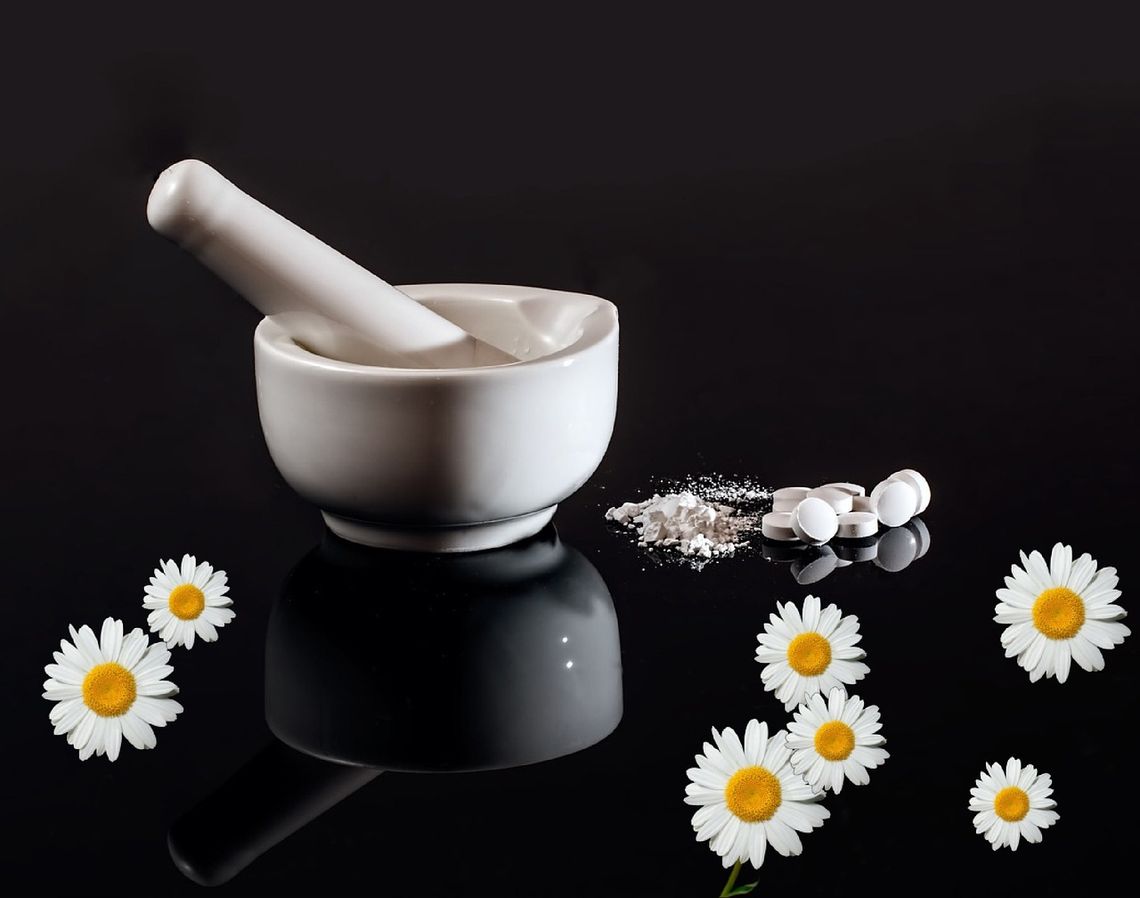Case management is crucial for success in homeopathic prescribing, and something I see newbies and experienced momeopaths regularly struggling with. So here is an introductory guide to answer most of your questions regarding posology, or the science of dosing to help you feel more confident in your acute prescribing I can assure you that his becomes easier as you gain experience and you learn to observe patient response.
1. Homeopathy is unique
Homeopathic medicines do not work like supplements, vitamins, herbs, or conventional medications.
Well that’s obvious Ananda you might be saying to yourself, but I don’t just mean they’re made differently, or they are non-toxic. The first thing to understand is that homeopathy works very differently from supplements or allopathic medications. Many homeopathic potencies do not have very much material substance, rather they contain energetic information that your body can understand and respond to. So taking more pills, repeating doses more frequently, or using a higher potency does not necessarily equate to a stronger effect. Homeopathic remedies are thought to work by stimulating what homeopaths call your vital force; known in other traditions as chi, prana, or life force. The remedy provides a burst of information and your body’s natural healing mechanisms respond accordingly.
2. Choosing a Potency
Homeopathic medicines are available in a variety of potencies. This does not actually refer to the amount of remedy in a tablet or drop, but rather to the ratio of dilution (X,C,K,MK), and the number of sequential dilutions and sucussions (6, 30, 200 etc). I will discuss potency further in another article. Different homeopathic traditions understand the role and use of potency differently. As the goal here is to simplify for the home acute prescriber the information I provide will not be complete, but will be useful.
A good rule of thumb is: the more intense the state of the patient the higher the potency you should use. For example in the case of a high fever (102.4°F/ 39.1°C and higher ) consider a 1M (or MK) potency, while for a low fever a 30C potency might be more appropriate. (C refers to a dilution ration of 1/99 and M refers means 1000C - which means the remedy has gone through a process of 1000 serial dilutions and sucussions). So the stronger the pain, the more frequent the symptoms, the worse someone feels, the higher a potency you should select in an acute situation. Please note – I am not suggesting this for chronic conditions.
As a home prescriber I suggest you limit yourself to 30C, 200C, and 1M potencies. A 30C is often a good starting point, especially for moderate acute conditions. My first aid kits are predominantly stocked with 30C remedies.
3. Determining dose Frequency
The frequency with which you repeat a remedy depends on the severity of the symptoms:
Severe Emergencies: In cases like acute injuries or sudden severe illnesses, even those that are life threatening, you might repeat the remedy every 5 minutes while on your way to seek medical care.
Moderate Conditions: For conditions like colds, coughs, mild infections or mild fevers, you could repeat the remedy 3 to 4 times a day.
Digestive Distress: For vomiting or diarrhea, repeat the remedy with every incident or bowel movement until symptoms subside.
4. Assessing Patient Response
This is one of the most important aspects of homeopathic dosing, critical for success. You don’t want to over repeat a remedy which can lead to aggravations and proving symptoms, repeat too many doses of the wrong remedy, or not repeat enough. So here are basic guidelines to evaluating a patient’s response:
Improvement: If the patient shows signs of improvement, do not repeat the remedy. Continue to monitor, and only repeat if improvement stalls or reverses.
Aggravation: If existing symptoms temporarily worsen, stop repeating the remedy and observe. Improvement often follows an aggravation. If improvement resumes, do not repeat until it stalls again. If there is no improvement after the aggravation, consider changing the potency or the remedy.
New Symptoms: If new symptoms appear, don’t despair. Stop the remedy immediately and consider selecting a new one based on the updated symptom picture, taking all the new symptoms into account.
No Change: If there's no change in the patient’s condition after a reasonable period and 3 repetitions of a remedy, consider increasing the potency. If there's still no response, it may be time to choose a different remedy.
Significant Change in Symptoms: If the symptom picture changes significantly, stop the remedy and reassess the case with the new symptoms in mind.
Dosing homeopathic remedies effectively requires careful observation and a good understanding of the body's response to treatment. By following these guidelines, you can maximize the effectiveness of your homeopathic treatments and support your body’s natural healing processes. For chronic or complex conditions, always consult with a qualified homeopath to ensure the correct remedy and dosing strategy.
For those interested in advancing their acute prescribing skills, I offer courses that dive deeper into these topics. You can learn more about them here.
Looking for a great homeopath to support you and your family? Book a free 15 min call to see if working with Ananda is a good fit.
As we believe in giving various perspectives a voice, we may publish ideas we don't necessarily agree with, therefore the views of the authors do not necessarily reflect the views of Magic Pills, Ananda More, or Phosphorus Films.



